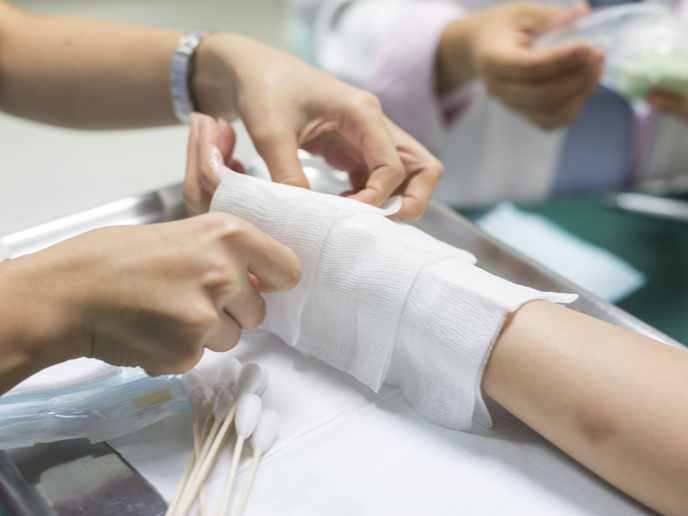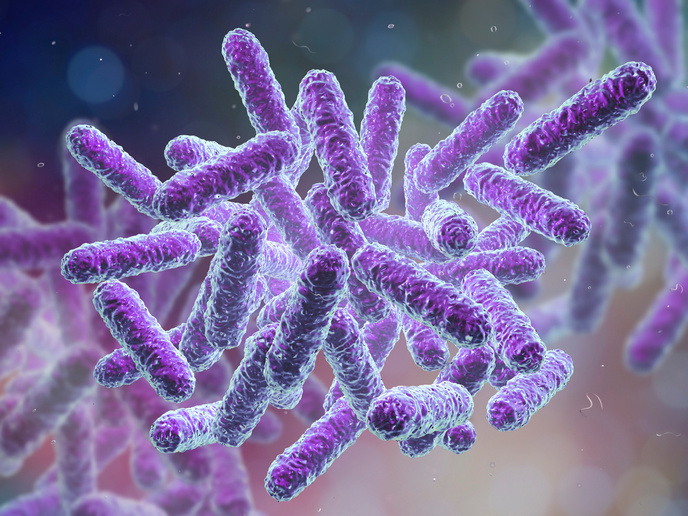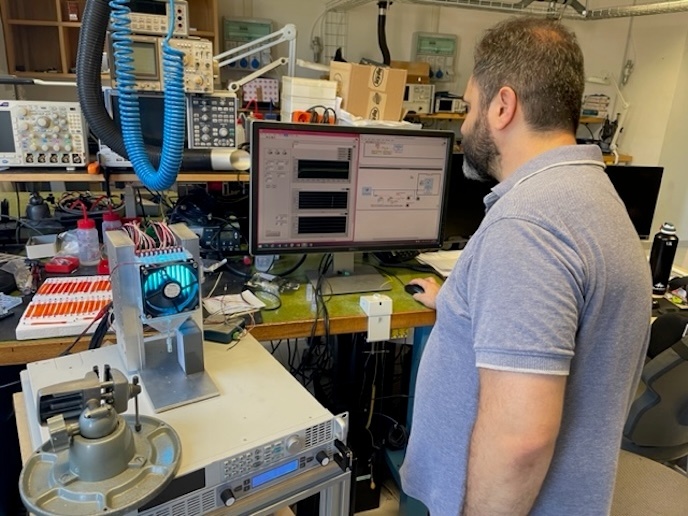An off-the-shelf regenerative bandage for burn injuries
Burn injuries can be caused by a variety of means, including heat, electricity, chemicals, and ultraviolet radiation. Depending on the severity, burns can leave large areas exposed to pathogens for prolonged periods of time and lead to serious infections that are often associated with antibiotics resistance. Given the increased mortality(opens in new window) of burn patients with such infections, there is an imminent need for effective treatments.
A regenerative bandage with anti-infective properties
The scope of the PHAS project was to improve wound healing and infection control in burn injuries. The research was undertaken with the support of the Marie Skłodowska-Curie Actions(opens in new window) (MSCA) programme and involved the combination of cells, biomaterials and antimicrobials to replace the use of antibiotics. The research fellow Philippe Abdel-Sayed tested various biopolymers as biocompatible scaffolds for the growth and differentiation of progenitor skin cells. The scaffold serves as a skin graft to support skin regeneration and repair. The generated bandage also combines antimicrobials, such as bacteriophages and synthetic peptide dendrimers with good biocompatible properties for topical release. The resulting anti-infective properties indicated that the PHAS bandage could be used as an alternative to antibiotics or silver ions. Moreover, it addressed major technical bottlenecks in cell therapy development and emphasised the importance of sustainable cell sources(opens in new window).
In anticipation of the next phase of development
“The development of cell-based bandages with anti-infective properties would help achieve tissue repair and targeted infection control, especially at the beginning of burn patient care,” explains Lee Ann Applegate, Professor in the Department of Musculoskeletal Medicine at the Lausanne University Hospital (CHUV) in Switzerland. The idea is to use the PHAS generated bandage as a first cover to support skin regeneration and counteract the major issue of antibiotic resistance. The PHAS innovative combination of antimicrobials and biomaterials as bioactive bandages for burn patients shows promising results. Nevertheless, further investigation is necessary to advance the technology and generate a product suitable for human use. The next steps in development are to test the bandage at the preclinical level in large animal models. Following regulatory approval and in collaboration with the Plastic, Reconstructive and Hand Surgery Service at CHUV, the team will assess the safety and efficacy of the PHAS bandage in humans. This highly innovative medicinal product has the potential to reduce the hospitalisation of patients with burn injuries and associated healthcare costs. Most importantly, it is expected to expedite healing, thereby improving patients’ quality of life.
An ecological and sustainable tissue engineering approach
On another level, the PHAS team collaborated with the Plastics Innovation Competence Centre(opens in new window) (PICC) in Switzerland to manufacture polyester amide(opens in new window) (PEA)-based scaffolds with improved and tailored mechanical properties. The control of manufacturing at the molecular level offers materials with tuneable properties suitable for a wide range of performance needs. Researchers combined these scaffolds with keratin from chicken feathers, recycling a natural waste product and offering a sustainable tissue engineering approach. “The successful development of PEA based bio-bandages is in accordance with the European legislation on the reuse, recycling, waste recovery and intelligent use of biomass while it also has environmental benefits,” concludes Applegate.







